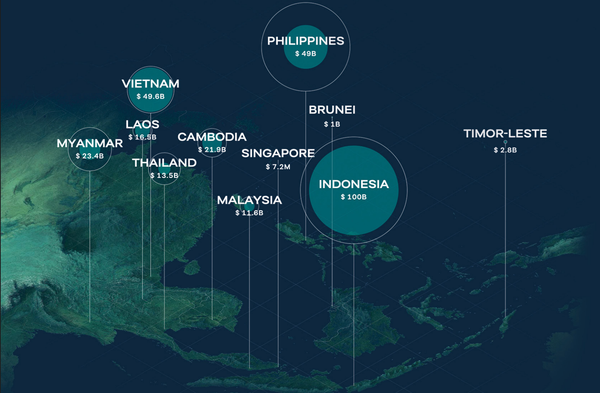
SEA turns to China as Western aid retreats – Lowy report
A new Lowy Institute report shows how Western aid cuts and rising loans from China, the Asian Development Bank and the World Bank are reshaping development finance across Southeast Asia.

A new Lowy Institute report shows how Western aid cuts and rising loans from China, the Asian Development Bank and the World Bank are reshaping development finance across Southeast Asia.
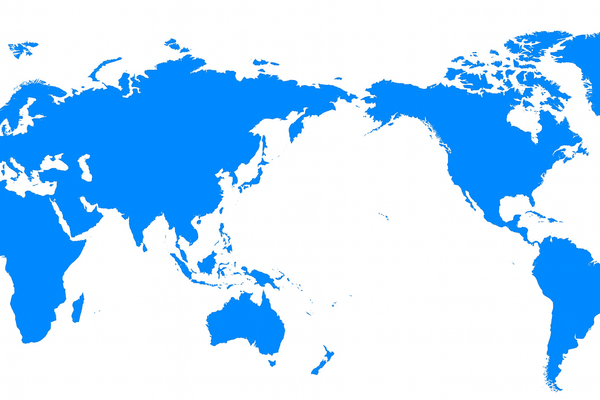
Washington’s new tariff schedule lowers duties on Vietnam, Indonesia, and others while unexpectedly raising rates on the Philippines, redrawing Asia’s trade dynamics.
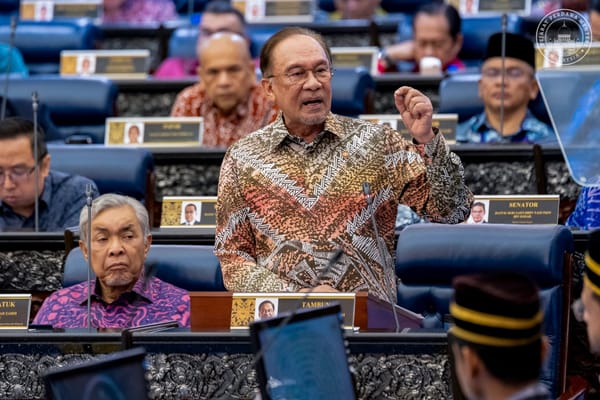
Trump’s attendance would mark the first time a Republican president has attended an Association of Southeast Asian Nations (ASEAN) leaders’ meeting, following several years of lower-level US representation.
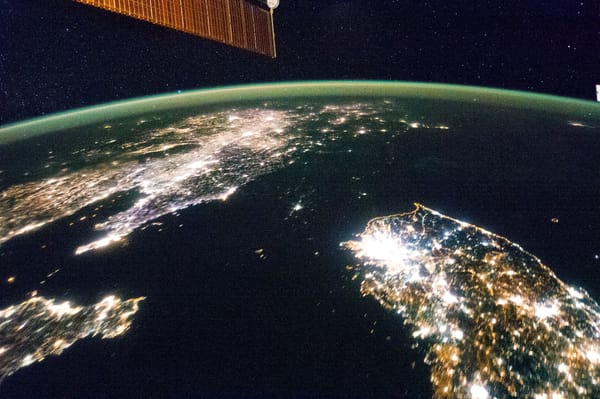
The strategy, presented at a national hearing in Daejeon, central South Korea, on 17 July, forms part of the KASA roadmap, introduced in 2024 as an agenda item for the Korean National Space Council.
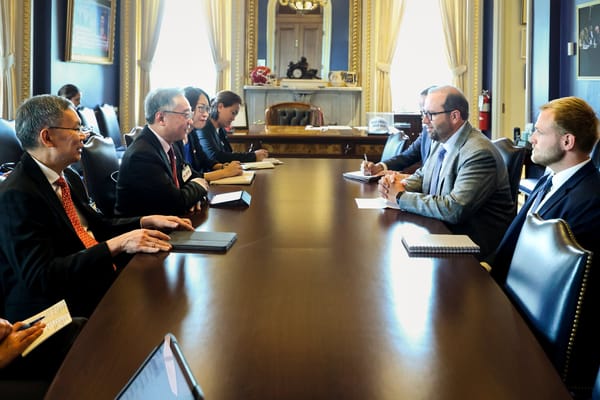
The lack of movement in the US contrasts with the global economic superpower's ongoing engagement with Indonesia, Vietnam and the Philippines, which are reportedly in early-stage talks on tariff exemptions under the same regime.
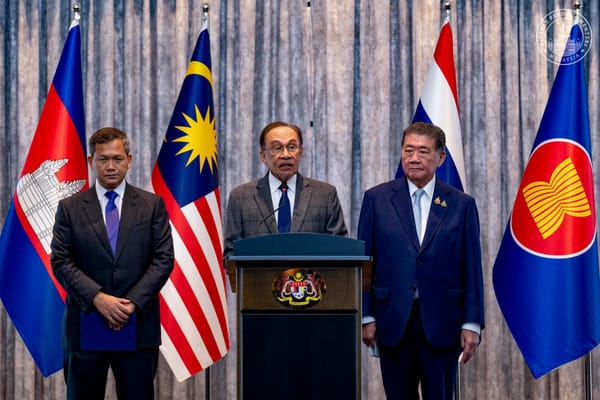
The ceasefire was negotiated in Malaysia after 5 days of deadly clashes that killed at least 43 people and displaced over 300,000. Although the agreement was declared “immediate and unconditional”, field commanders on both sides reported violations within hours.
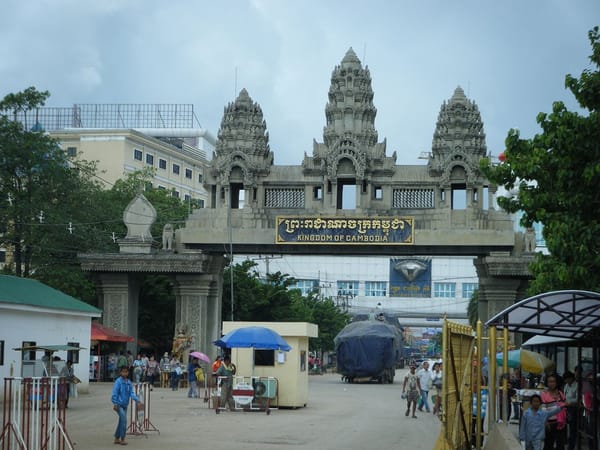
The United Nations Security Council (UNSC) convened a closed-door session on 25 July at Cambodia’s request, in response to what became Southeast Asia’s most severe interstate conflict in over a decade.
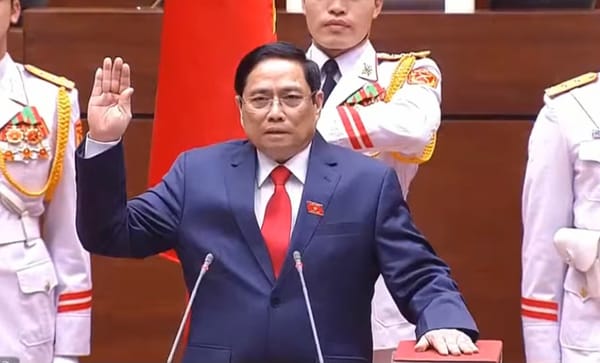
Vietnam's new mega-provinces are now responsible for inter-regional planning, taxation, infrastructure and social services. Provincial party leaderships have also been reshuffled.

“This is a safeguard to protect Malaysia’s status as a responsible trade partner,” the ministry said in a statement issued on 14 July. “Firms found violating these controls will face legal action.”
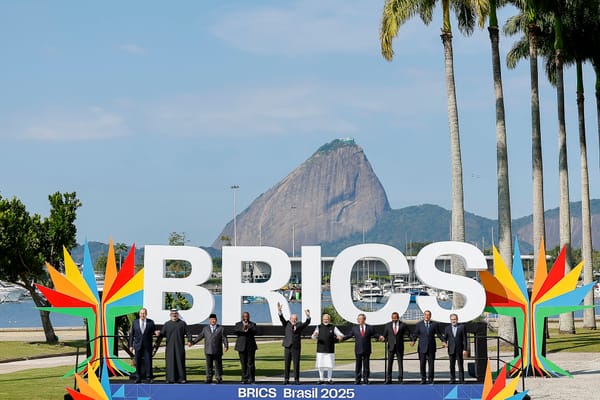
French economist Thomas Piketty urged Western powers to take BRICS seriously, given its rising economic weight. He noted the bloc has surpassed the G7 in purchasing power parity, accounting for more than 32% of global GDP.
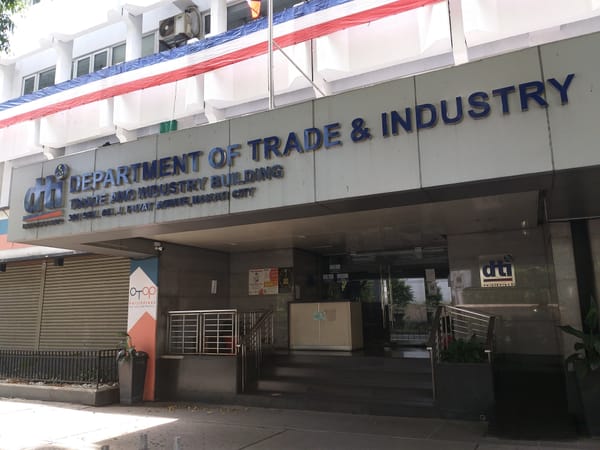
The Philippine Department of Information and Communications Technology said it had deployed 2,655 free public Wi-Fi sites across Luzon, Visayas and Mindanao (i.e. nationwide) under its Broadband ng Masa programme. The scheme targets geographically isolated and disadvantaged areas.

What makes UNC3886 particularly dangerous is its ability to exploit zero-day vulnerabilities. These are software flaws unknown to its vendor and for which no patch yet exists, making them especially valuable and dangerous for attackers.
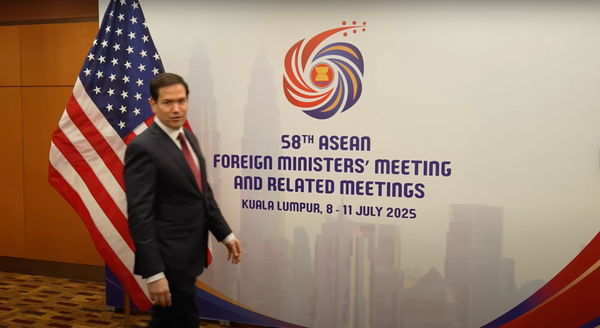
Southeast Asia (SEA) governments are seeking clarification and concessions after US Secretary of State Marco Rubio’s first official visit to the region, which followed the Trump administration’s decision to issue new tariff notices to nearly all ASEAN countries.
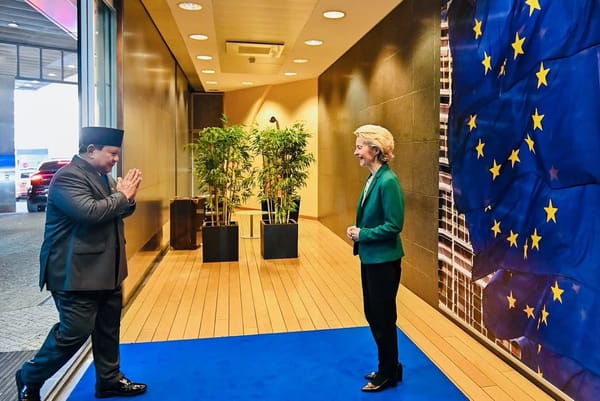
Indonesian President Prabowo Subianto described the deal as a win for economic sovereignty. “We agreed to deepen the Comprehensive Economic Partnership Agreement or CEPA to open up greater opportunities for sustainable trade and investment in the country,” Subianto wrote on Facebook.
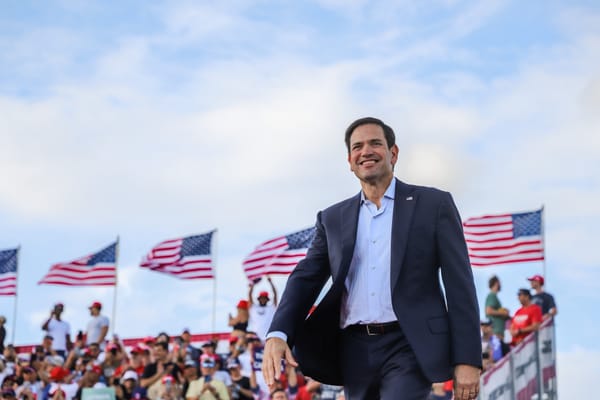
According to a White House press release, Rubio’s trip aims to highlight the strength of the US’s Comprehensive Strategic Partnership with ASEAN and to reaffirm the commitment to building on the Comprehensive Partnership with Malaysia.